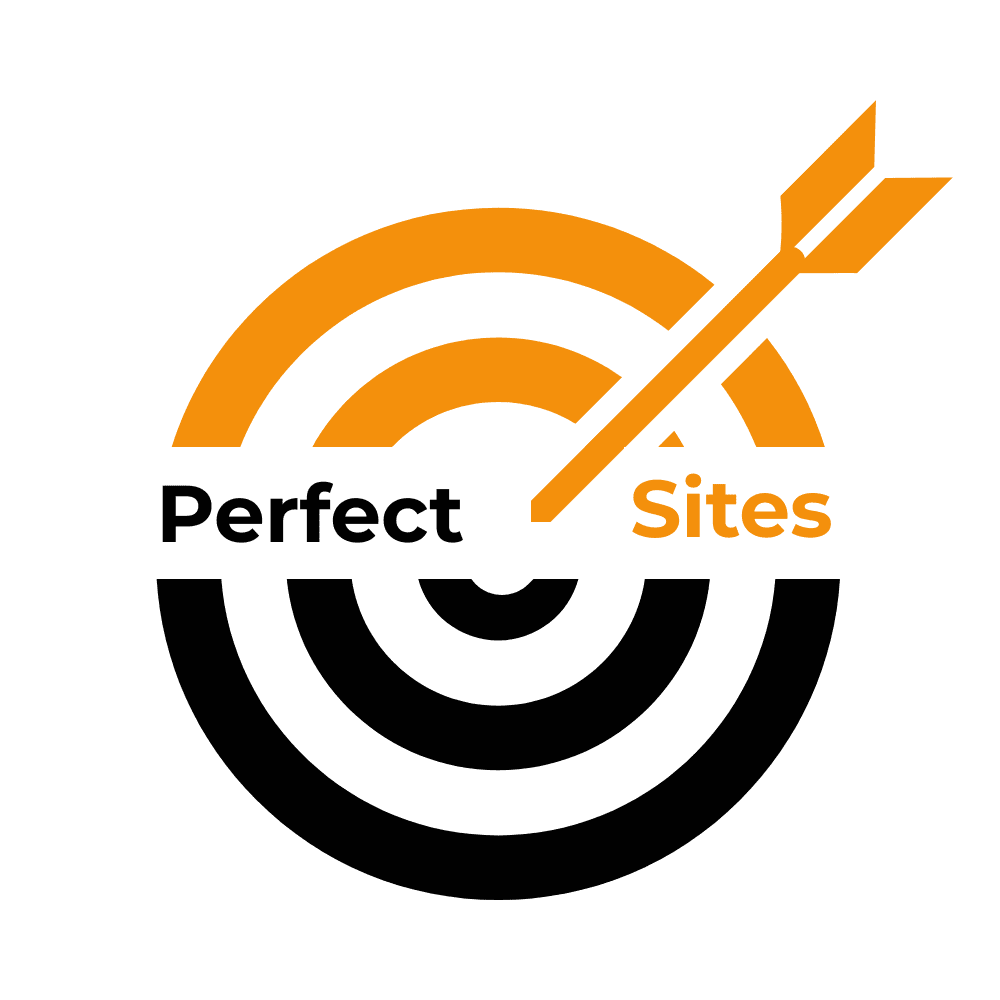Let’s be honest. Norfolk isn’t exactly the first city that comes to mind when someone says “digital marketing hotspot.” But that’s exactly why it’s interesting. It’s got a little bit of everything: a naval base the size of a small country, a scrappy startup scene, and a surprising number of brunch spots that double as coworking spaces by 2 PM. If you’re trying to drive website traffic here, you’re working with a city that’s got real personality, and that changes the game.
Here’s how to play it smart.
Start local, stay local: Hyperlocal SEO matters.
If your business is in Norfolk and your site doesn’t say “Norfolk” in all the right places, you’re basically whispering in a crowded room. Local SEO is still the loudest mic you’ve got.
First, claim your Google Business Profile. Make sure your name, address, and phone number match across every listing. That sounds boring, I know, but Google’s picky. Then, use keywords people in Norfolk actually search for. Not just “coffee shop,” but “coffee shop near Ghent Norfolk” or “Norfolk VA HVAC repair.”
Schema markup helps too; it’s like giving Google a cheat sheet for your business location and services.
And don’t ignore local directories. Get listed on:
Every local citation is another breadcrumb leading people (and search engines) to your site.
Make content Norfolk actually cares about.
If your blog posts sound like they were written by someone who’s never stepped foot in Norfolk, people will bounce faster than a beach ball at Ocean View.
So write for locals. Think: “Top 10 Summer Events in Norfolk That Local Businesses Should Sponsor” or “How Norfolk’s Port Economy Affects Local E-Commerce.” These aren’t just blog ideas; they’re traffic magnets, especially when tied to seasonal trends or local news.
Google Trends is your friend here. Plug in Norfolk-related terms and see what spikes. “Norfolk events this weekend” or “best brunch in Norfolk” pop up often. Turn those into posts, guides, or even short videos.
And don’t sleep on local influencers. No, not the ones with 400K followers in LA. The ones with 4K followers in Hampton Roads who actually get recognized at the NEON District Art Crawl. Tools like Upfluence or Heepsy can help you spot them.
Talk where people are already talking.
Norfolk’s digital community is surprisingly active. Facebook groups like “Norfolk VA Locals” and Reddit threads on r/Norfolk aren’t just for lost dog alerts and restaurant rants. They’re places where people ask for recommendations, share events, and swap info.
If you can contribute something useful—an answer, a link to your guide, a heads-up about your event—you’ll build trust and send curious clickers to your site. Just don’t be that person who shows up and immediately drops a link to their business. That’s how you get muted fast.
Be helpful first; promote second.
Geo-targeted ads that actually feel local.
Running paid ads in Norfolk? Good. But make sure they don’t feel like they were written by someone in a windowless basement in San Jose.
Use Google Ads and Facebook Ads to zero in on ZIP codes like 23510 or 23503. Layer in interests that match Norfolk’s vibe: military life, shipping, live music, local food. You can even target Navy personnel stationed at Naval Station Norfolk. Facebook’s targeting tools are surprisingly specific.
And don’t forget location extensions. Showing your Norfolk address in your Google ad doesn’t just boost clicks; it tells people you’re part of the community, not some faceless national brand.
Local links still matter. A lot.
Backlinks are still SEO gold. But not all links are equal. A backlink from The
Virginian-Pilot? That’s worth more than five generic blog mentions from who-knows-where.
Pitch your story to local news outlets:
Got a new product, a cool event, or a community initiative? That’s press release material. And if you’re sponsoring a local event or charity, ask for a link in return. Most will say yes.
You can also guest post on Norfolk-based blogs or partner with schools like Old Dominion
University for research-driven content. If you’ve got data or insight that ties into something local, they might just bite.
Speed and mobile aren’t optional.
Norfolk folks are mobile. Literally. Whether they’re commuting on The Tide or scrolling while waiting for a table at Toast, they’re using their phones.
So your site better load fast, and it better look good on a screen the size of a Pop-Tart.
Run your site through Google PageSpeed Insights and GTmetrix. Fix what’s slowing you down. Compress images. Kill unnecessary scripts. Make buttons tappable without needing surgical precision.
Speed isn’t just a tech thing; it’s a trust thing.
Track what actually works—locally.
You don’t need more data. You need better data.
Use Google Analytics and Google Search Console to track what Norfolk users actually do on your site. Set up location-based segments. Watch bounce rates, time on site, and conversion paths. Are people from Ocean View sticking around longer than folks from Larchmont? That’s useful.
And if you want to see how people move through your site like a heatmap of digital footprints, try Hotjar. It’ll show you where Norfolk users click, scroll, and get stuck.
That’s the stuff you tweak. That’s where traffic becomes action.
So what’s the takeaway?
Driving traffic in Norfolk isn’t about chasing trends. It’s about showing up where people already are, saying something real, and making it easy for them to find you again.
The city’s got its own rhythm; your strategy should too.
That’s the view from the ground.
We’ll be back soon with more real-world insights.
Until then, keep building.
– Perfect Sites Blog
[attach 1]
